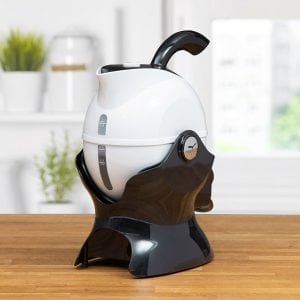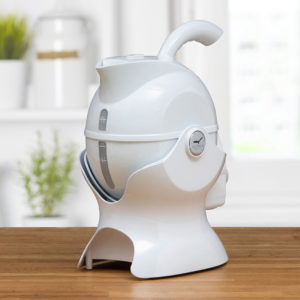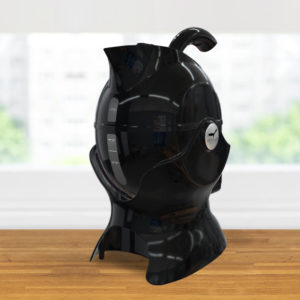This winter, many pensioners are feeling the impact of significant changes to the winter fuel allowance. After MPs voted to cut the allowance, only the poorest pensioners – those on pension credit, universal credit, or income support – will now receive the £200-£300 payment to help with heating costs. The move has left many seniors facing the cold with less financial support, increasing concerns about how to affordably keep warm during the winter months.
However, there are ways to make your home more energy-efficient and to stay warm without replying heavily on expensive heating. Here, we share some easy DIY solutions and practical tips that can help you and your loved ones cosy while managing on a budget.
Easy DIY Solutions to Stay Warm
1. Draft-Proof Your Home
One of the simplest ways to retain heat is to block out drafts around windows and doors. You don’t need to spend a fortune on professional draft excluders – old towels or blankets rolled up and placed at the bottom of doors work just as well. For windows, you can purchase affordable draft-proofing strips or use self-adhesive foam tape to seal any gaps where cold air may be sneaking in.
2. Make the Most of the Sun
Though the winter sun may not be warm, it’s still a free heat source. During the day, open your curtains wide to let sunlight naturally heat your rooms. In the late afternoon, close your curtains to trap that warmth inside and prevent cold air from seeping in at night.
3. Insulate Your Curtains
Windows can let out a lot of heat, but thicker curtains can help keep the warmth inside. If you can’t afford new, thicker curtains, there’s a simple trick: line your current curtains with blankets or even old bedsheets. You can either sew these into the curtain or use curtain clips to secure them.
For low-cost, effective alternative, consider thermal curtain liners which you can easily hang behind your existing curtains.
4. De-Dust the Radiators
Dust behind or in-between your radiators before the winter weather is here, this way you get the full heat from them and it stops dust spreading about your home. Give the heating a quick blast now to test that all is ok too.
5. Create a heating Zone
Instead of heating your entire home, focus on keeping just one or two rooms warm. Close off the doors to unused rooms and concentrate your efforts on heating the space you spend the most time in, such as the living room or bedroom.
This helps conserve energy and reduces heating costs. To enhance warmth in a specific room, try placing a thick rug on the floor to stop cold air from rising through the floorboards.
6. Layer Up Indoors
Keeping yourself warm is an important as warming up your home. Wear layers of clothing, including thermal socks, hats, and even fingerless gloves indoors if necessary. Wool and thermal materials are especially effective at retaining body heat. Also, consider investing in a cosy warm dressing gown or a heated blanket for extra comfort.
7. Hot Water Bottle Hacks
Hot water bottles are a simple and cost-effective way to warm up quickly. Keep one with you on the couch or in bed, or place one at the foot of your bed before you go to sleep. You can also make DIY hand warmers by filling small fabric bags or socks with uncooked rice and microwaving them for a minute. These make excellent reusable heat packs for your hands or feet.
8. Descale the Kettle
Winter weather means hot chocolate and tea will be flowing regularly and with the rise in energy costs, every penny counts. When a kettle has limescale it means it has to work harder to boil the water. It first has to boil through the limescale and then it will work on boiling the water. Removing limescale means the kettle will boil faster and you will have your hot cup to cradle sooner. Bonus point is that you spend less boiling the kettle. Want to know how to de-scale your kettle? Click Here
9. Make a DIY Thermal Blanket for Your Bed
The nights can be particularly chilly, but with a little creativity, you can keep your bed warm. Layering blankets is an obvious tip, but here’s a DIY hack: create a thermal blanket by layering aluminium foil between two blankets or under a mattress topper. The foil reflects heat back toward you, helping to keep you warmer at night.
10. Use Bubble Wrap for Window Insulation
Did you know bubble wrap makes an excellent, temporary window insulator? It’s affordable and easy to apply. Simply cut pieces of bubble wrap to the size of your windowpanes and spray a light mist of water on the glass. Press the bubble wrap onto the glass – the bubbles should face outward to trap more air. This DIY hack can reduce heat loss and add an extra layer of insulation without blocking too much light.
While the recent cuts to the winter fuel allowance are undoubtedly concerning, there are plenty of ways to stay warm without dramatically increasing your heating bills. From DIY draft excluders to thermal curtain tricks, these solutions can help pensioners (and anyone feeling the pinch) get through the winter months comfortably and affordably.
Remember, small changes can add up to a big difference, both in terms of your warmth and your wallet.
Stay warm, stay safe, and take advantage of these budget-friendly tips to make your home a cosy sanctuary this winter.













Leave a Comment